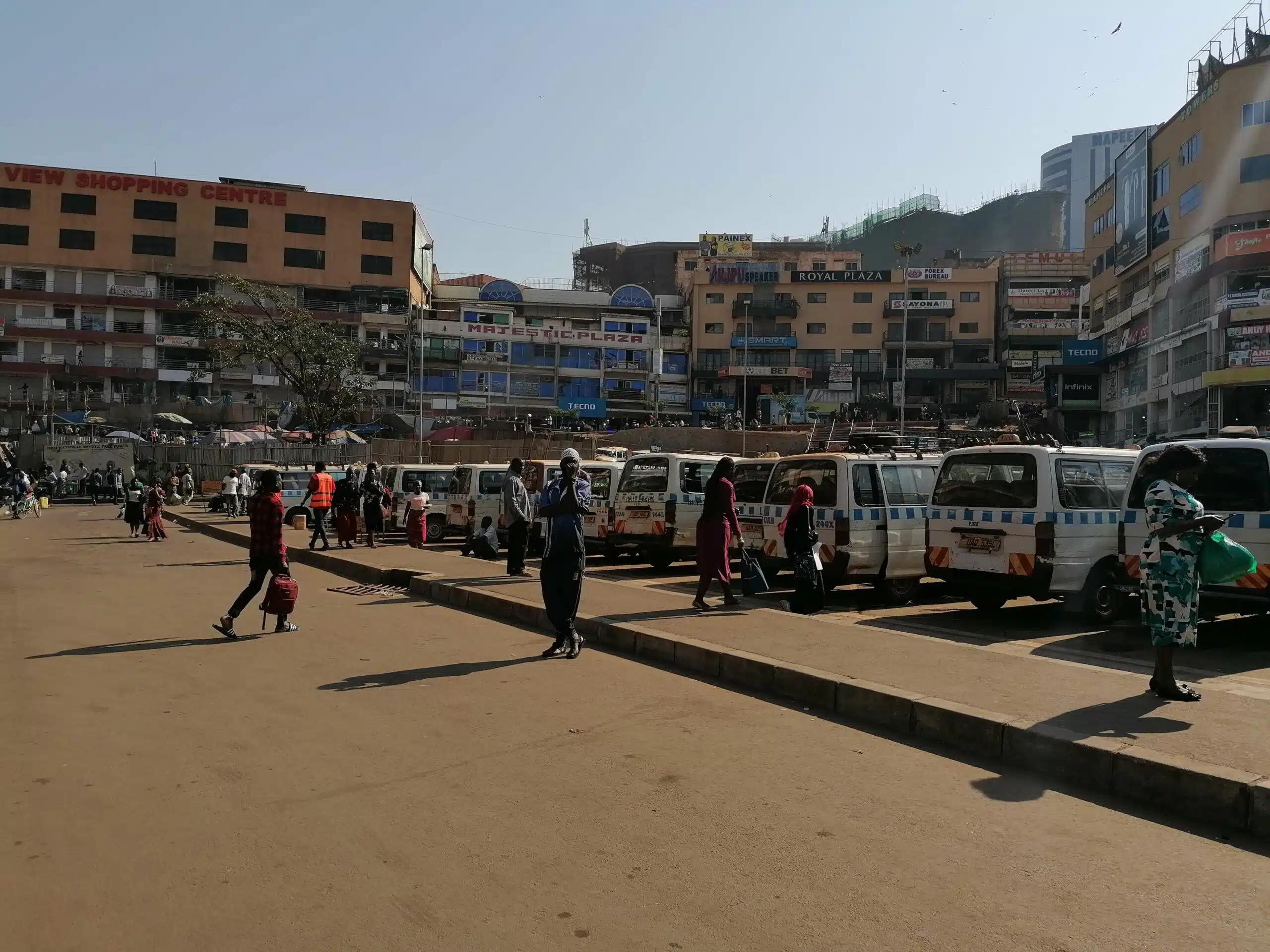Many cities in the Global South have limited public transport services, some may not have any form of public transportation at all. To fulfill their mobility needs, many citizens rely on other forms of collective transport, which is why informal transportation plays a vital role in most of the developing world. There is a huge variety of those forms of collective transport, e.g. Jeepneys in the Philippines, Peseros in Mexico City or Dalla-Dallas in Dar Es Salaam.

Pesero in Mexico © GIZ
What are the characteristics of informal transport? Informal transport means that there are no official stops, no timetable and no fixed departure times. In addition, it is exclusively a matter of private providers. Semi-informal transport refers to local passenger transport that is legally authorized but operates under informal conditions.
Informal transport has some advantages to offer, for example, it fills the gap in demand for public transport. In fast-growing cities, state-organized public transport cannot serve every demand everywhere, which is why informal transport increases people’s mobility. Moreover, informal transport is not dependent on government subsidies.

Bodaboda in Uganda © GIZ
At the same time, competition between buses for passengers and limited government control of vehicle maintenance and service quality can result in reduced road and personal safety for residents. The challenge with informal transport is that there are many different providers, and the authorities are not aware of them all. Banning informal transport would lead to many people becoming immobile. The lack of information and the limited availability of data on informal services and passenger needs is a major challenge for municipalities to organize better management for formal transport. Data on stops, routes, times, etc. are not available, leaving authorities unaware of the intricacies of the sector.

Minibus taxi in Uganda © GIZ
One possible solution can be the use of digitalization and the associated technical possibilities. Digitizing informal transport is possible through General Transit Feed Specification, or GTFS for short. GTFS is a file format for public transit schedules and related geographic information.
TUMI was joined by Trufi Association, a non-profit organization, working on transforming urban mobility through apps and open data solutions. In a webinar on ‘Digital Solutions for Mapping Informal Transport’, we discussed the emergence of informal transport and how technologies can contribute to improving service quality, operations and societal benefits.
You can access the Webinar on our YouTube channel here.
Sources:
Tun, Thet Hein / Welle, Benjamin / Hidalgo, Darío / Albuquerque, Cristina / Castellanos, Sebastian / Sclar, Ryan / Escalante, David (2020): Informal and Semiformal Services in Latin America: An Overview of Public Transportation Reforms. Informal and Semiformal Services in Latin America: An Overview of Public Transportation Reforms | Publications (iadb.org)
FUSO Green Lab, Informal Transportation Challenges and Innovations in World Cities – MFTBC Fuso Greenlab
Open-Data-Plattform Mobilität Schweiz, GTFS | Open-Data-Plattform Mobilität Schweiz (opentransportdata.swiss)
Trufi Association, Trufi Association – Apps and Mobility Solutions for the Developing World (trufi-association.org)
